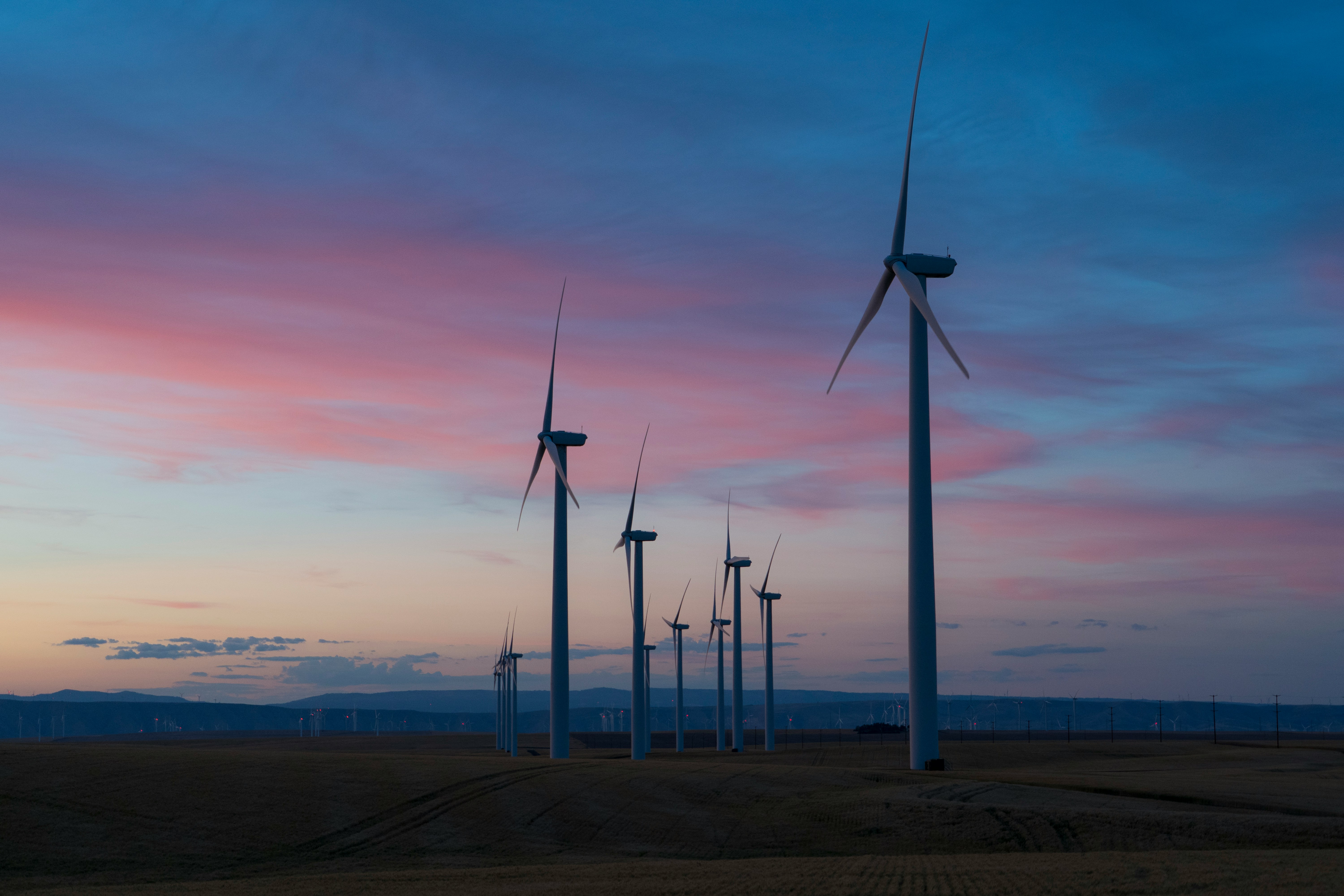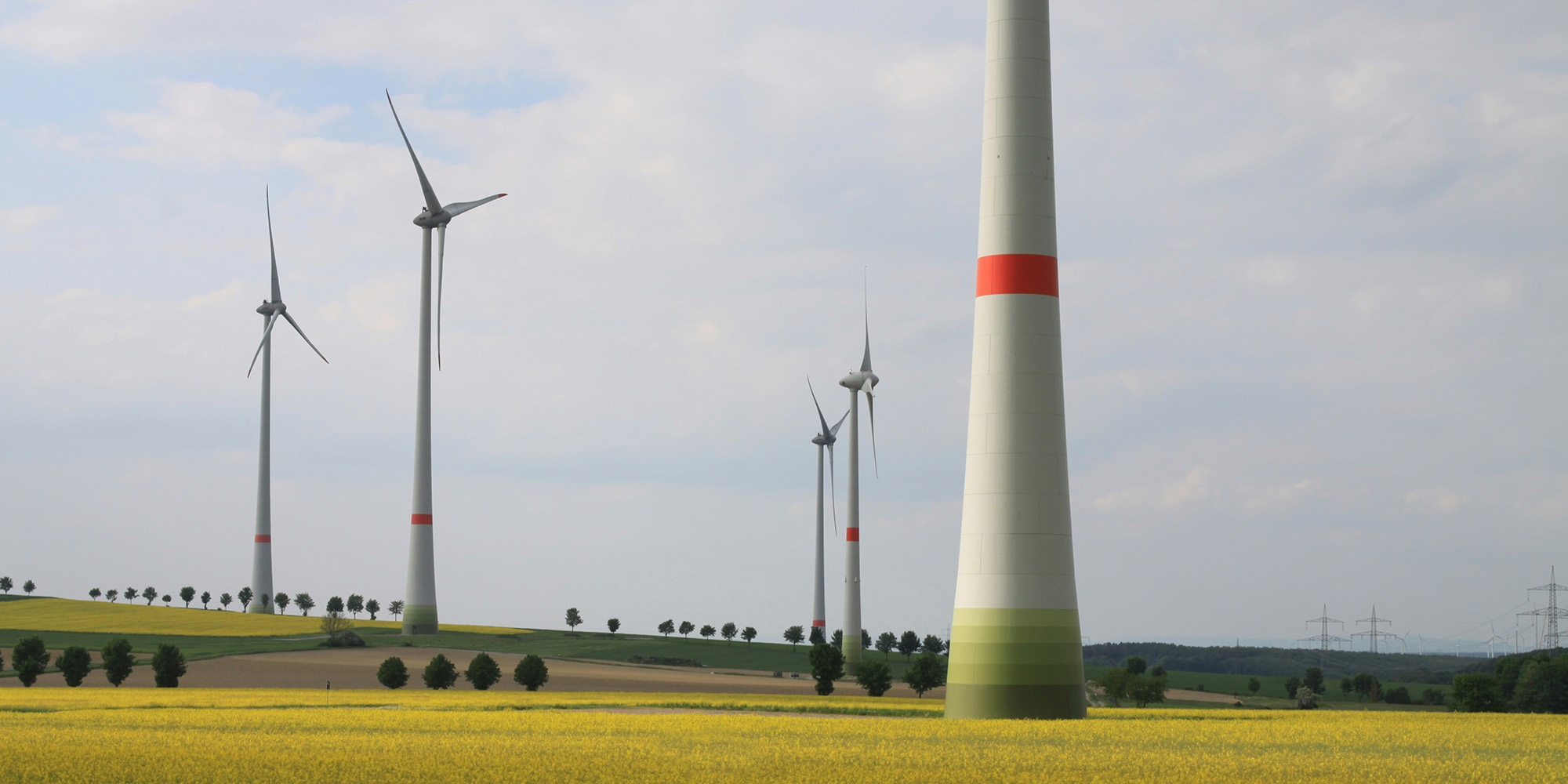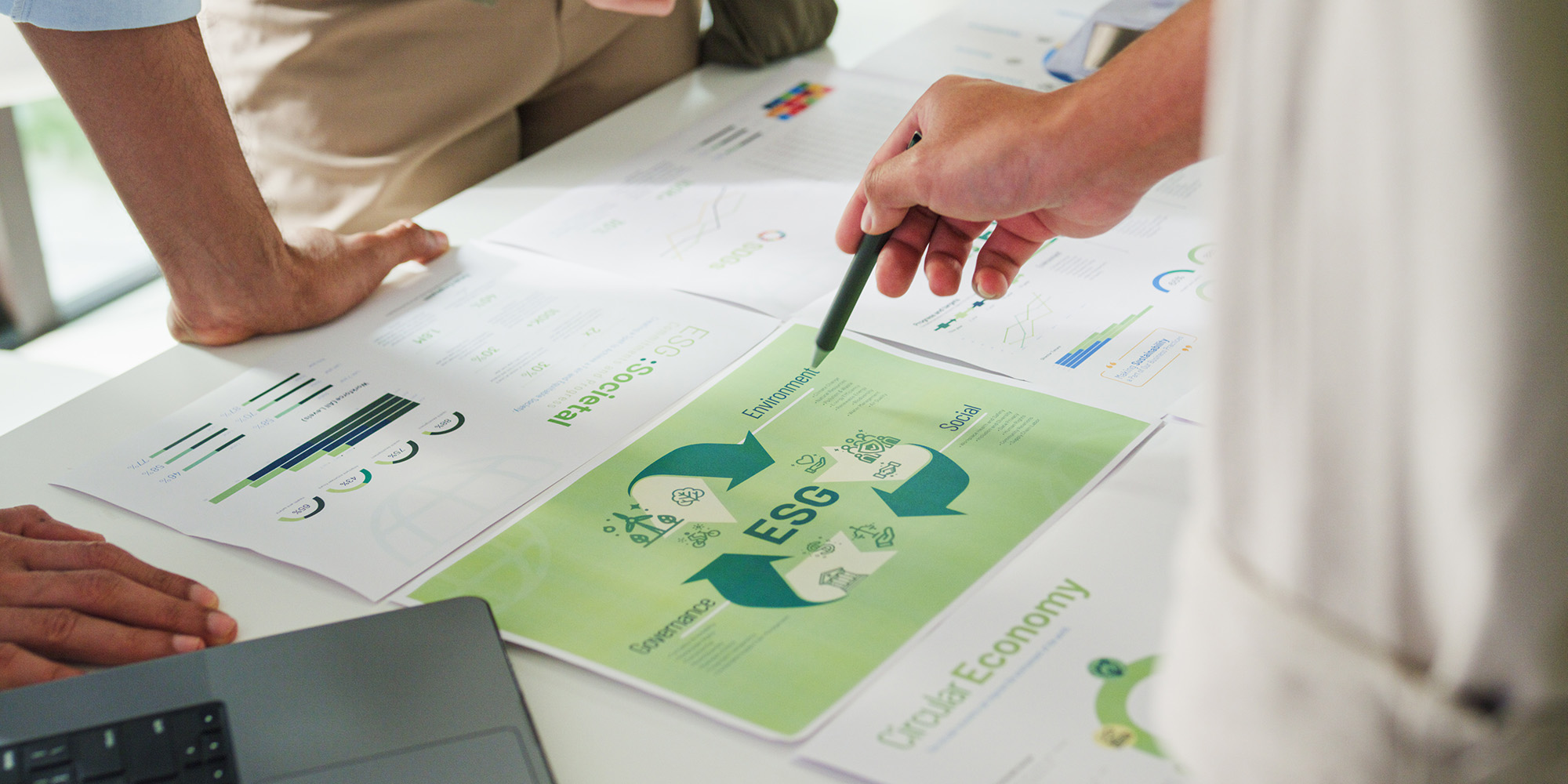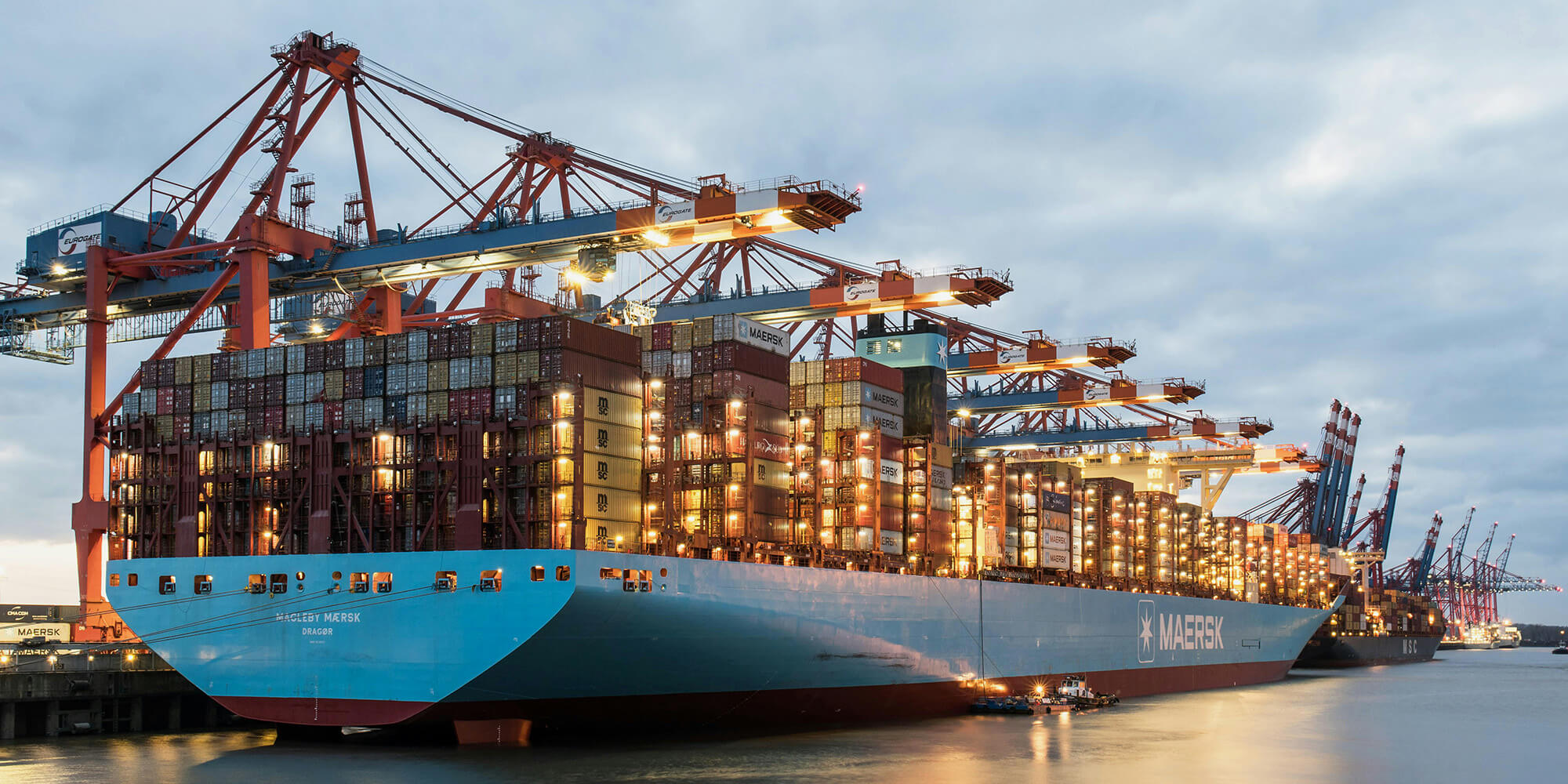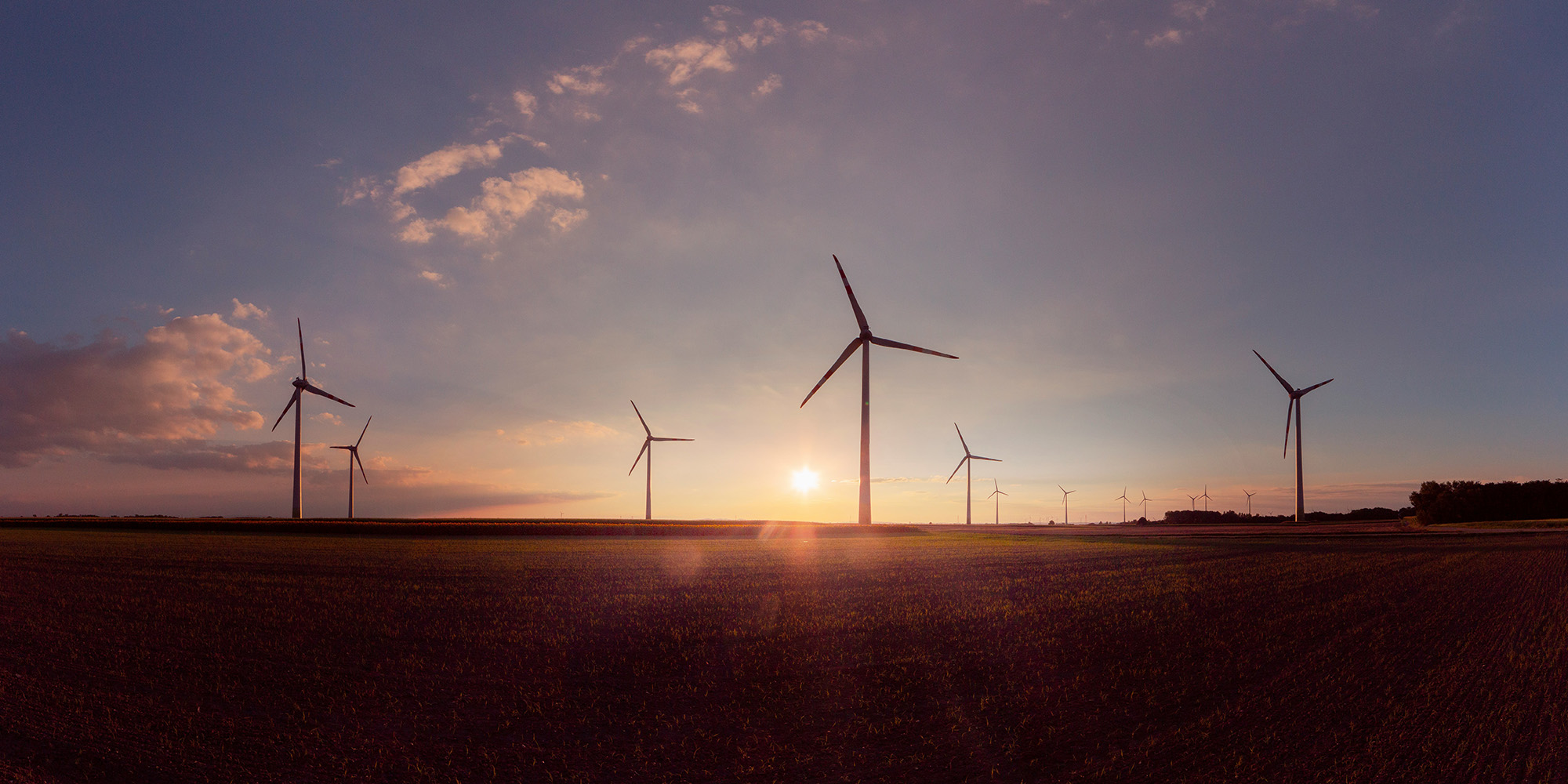Handling Energy Attribute Certificates from PPAs
Energy Attribute Certificates (EACs) are the contractual instruments that certify every megawatt hour of renewable energy delivered from a PPA. EACs are essential for claiming the use of clean energy. They are the only way to prove consumption and the sole documentation of the environmental benefits of renewables.
Successfully handling certificates is fundamental to achieving full recognition for your climate efforts. Global standards — CDP, SBTi and RE100 among them — rely on EACs to score company's energy usage. In other words, failing to set up a flow for dealing with EACs can lead to PPA off-takers obtaining poor results in disclosure processes. These are some things to keep in mind when managing EACs.
Transferring Guarantees of Origin across borders
Many companies in Europe sign PPAs based on the lowest cost available in the single market. And location is key. The Nordics and Spain, for example, have been relatively cheap compared to the rest of Europe. This means that PPA off-takers often consume energy in countries different from where their contracts are based.
When delivery time comes, EACs issued in the registry where the project is located must be transferred to the registry where consumption occurs. “All countries that participate in the GO system have their own registries, and they do not look the same,” Preben adds. “When consuming energy across borders, one must transfer the certificates to the national registry where consumption occurs, which demands having accounts in both countries and knowing how the systems work,” he explains.
Companies do not usually have accounts in multiple registries. An advisor with access to different national systems and a network of partners can help in transferring certificates without errors.
Reconciling energy use estimates with actual consumption
When companies enter a PPA, they do it based on forecasts of their energy consumption and the output of the power plant they will sign the contract with. However, estimations rarely mirror reality. The production of renewable energy devices fluctuates, while energy consumption is seldom stable over time.
Hence, off-takers are usually left with a mismatch between the volume of EACs they receive and the reality of their electricity usage. This is especially true for pay-as-produced PPAs, which commit the off-taker to buying all the output from a given device.
Off-takers must fix the discrepancy between production and consumption, either by browsing the market for the certificates needed to cover a deficit or by selling an excess of EACs. Another option for disposing of an EAC surplus is to allocate extra certificates to other consumption points, even across borders.
“Reality never matches forecasts perfectly,” says Preben Munch, Senior Director of Sales and Solutions at Ecohz. “This is not exclusive to PPAs. It can happen with other types of EAC purchases, too. Ecohz can help companies handle the difference between expectations and reality and keep the flow of certificates in order.”
New policy and new reporting requirements
Most EAC management has been done, up to now, in a voluntary context. That is about to change.
The Corporate Sustainability Reporting Directive (CSRD) will soon introduce new obligations for companies to disclose their environmental impacts and risks. Notably, it will make it mandatory to report energy consumption based on contractual instruments, such as PPAs with bundled EACs.
“We have seen over the last few years how stakeholder expectations are evolving,” says Nils Holta, Ecohz Net Zero Advisor. “For many companies, increasing reporting burdens will require devoting more resources to tackle more challenging reporting obligations.”
New rules mean new responsibilities for companies with PPAs, which will have to take on the job of reporting appropriately. PPAs, however, will prove very useful for complying with stricter regulations.
Simultaneously, the EU intends to make PPAs more accessible. The European Commission launched an overhaul of the electricity market design to simplify financial processes and make PPAs possible for a broader range of off-takers.
“The proposal recommends member states to implement some sort of credit guarantee that lowers the risk of off-takers defaulting on their payment obligations,” Nils explains. “This would make it easier for smaller companies to sign a PPA. At the same time, the proposal seeks to give developers more flexibility to manage their production. For example, to commit a certain amount of production to a feed-in tariff, sell a portion as a PPA, and allocate some volume to be sold in the spot market.”
The reform proposal has not yet been approved. However, if passed, it could significantly impact the European PPA market, releasing constraints and allowing smaller organisations which did not have the financial power to consider PPAs to access this kind of agreement.
Can PPAs be used in Scope 3?
As the focus on supply chain emissions increases, companies have started to wonder if PPAs could serve for Scope 3 decarbonisation. Some would like to see suppliers enter agreements of their own. Many value chain partners, however, do not have the financial capacity or the structure to do a PPA.
“Some of our clients are considering organising a PPA and opening it up for their suppliers to buy in. Thus, they are taking responsibility beyond their Scope 2 and helping partners decarbonise,” Preben says.
There are examples of large companies setting up this kind of scheme. In the United States, McDonald’s recently announced it had entered an 189 MW virtual Power Purchase Agreement (PPA) along with five logistics partners. The fast-food chain served as an anchor that allowed smaller suppliers to partake in an agreement they would not have been able to broker individually.
However, there are two questions to consider: What does this kind of arrangement require from the initiator, and how can companies persuade suppliers to get on board? The answer depends on context. “We are still at an early stage with this kind of strategy, but I believe there is a lot of potential to take it further, and we would love to see more corporates go this way” Preben concludes.
PPAs are not easy to manage. However, their benefits are well worth the burden. From stabilising electricity prices to contributing to adding renewable energy capacity, these agreements go a long way to putting companies on a cost-effective, low-carbon pathway. Handling the work that comes with them is a matter of having the right knowledge and the right partner for the job.



.png?width=3840&height=2560&name=River(1).png)

.png?width=3840&height=2560&name=Sun(1).png)
